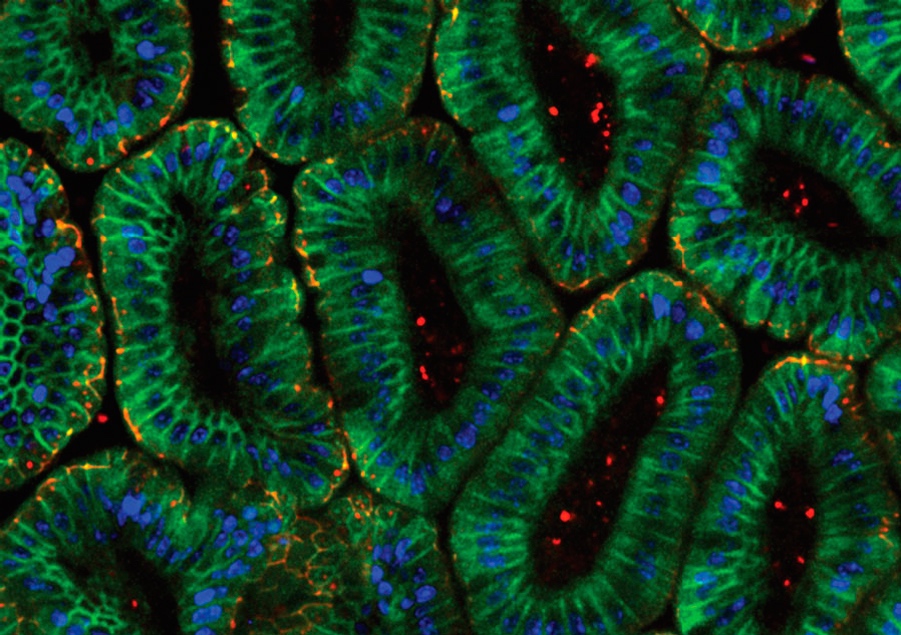
Curing diseases is difficult enough. But discovering a treatment becomes impossible without first knowing the structural nature of the disease's changes. Take, for example, skin cells: genetic defects in cell-to-cell adhesion (the way cells are connected) can cause skin cancer and other inflammatory skin diseases. Luckily for us all, Feinberg School of Medicine professor Sergey Troyanovsky and other researchers published a paper in the Journal of Cell Biology earlier this month explaining the mechanism by which cell junctions – the sites where cell-to-cell adhesion occurs – are both tight and flexible.
While the discovery may not sound like a huge deal to the layperson, it provides a framework of sorts for understanding how cell contact works and, perhaps more importantly, how to eventually find cures for skin diseases. The aspect of tightness is important, Troyanovsky said, because mechanically strong junctions can be tight enough to keep disease-causing pathogens or allergens from going through them. But the cells must also be flexible enough to move within the tissues they form.
Troyanovsky said clusters of cadherin, a type of cell-linking protein in the cell membrane, act much like the suckers on octopus tentacles. But unlike the octopus suckers, the clusters are temporary. This short lifespan, Troyanovsky said, is what allows the cell junctions to be both dynamic and tight.
“We know very little of the machinery that we can call cell adhesion,” Troyanovsky said. “And this is why we are working in this field, because we are trying to understand how the proteins work, how adhesion can be really strong to keep cells together, and on the other hand how the strength of adhesion can be also very flexible to allow cells to move and to change position.”
Troyanovsky said scientists have understood the protein compositions and sequences involved in cell-to-cell adhesion for the last couple decades. The gray area still lies in the way these proteins actually work, even in light of this discovery about the strength and flexibility of the proteins.
But the paper, Troyanovsky explains, is essentially just a strongly supported hypothesis. His team has compiled “a lot of evidence,” which the researchers will now set out to concretely prove, along with studying what Troyanovsky calls the more “global” effects of cell-to-cell adhesion and cell behavior in tissues. Practical solutions to the issues created by abnormal cell linkage, while seemingly far away, are closer than before.